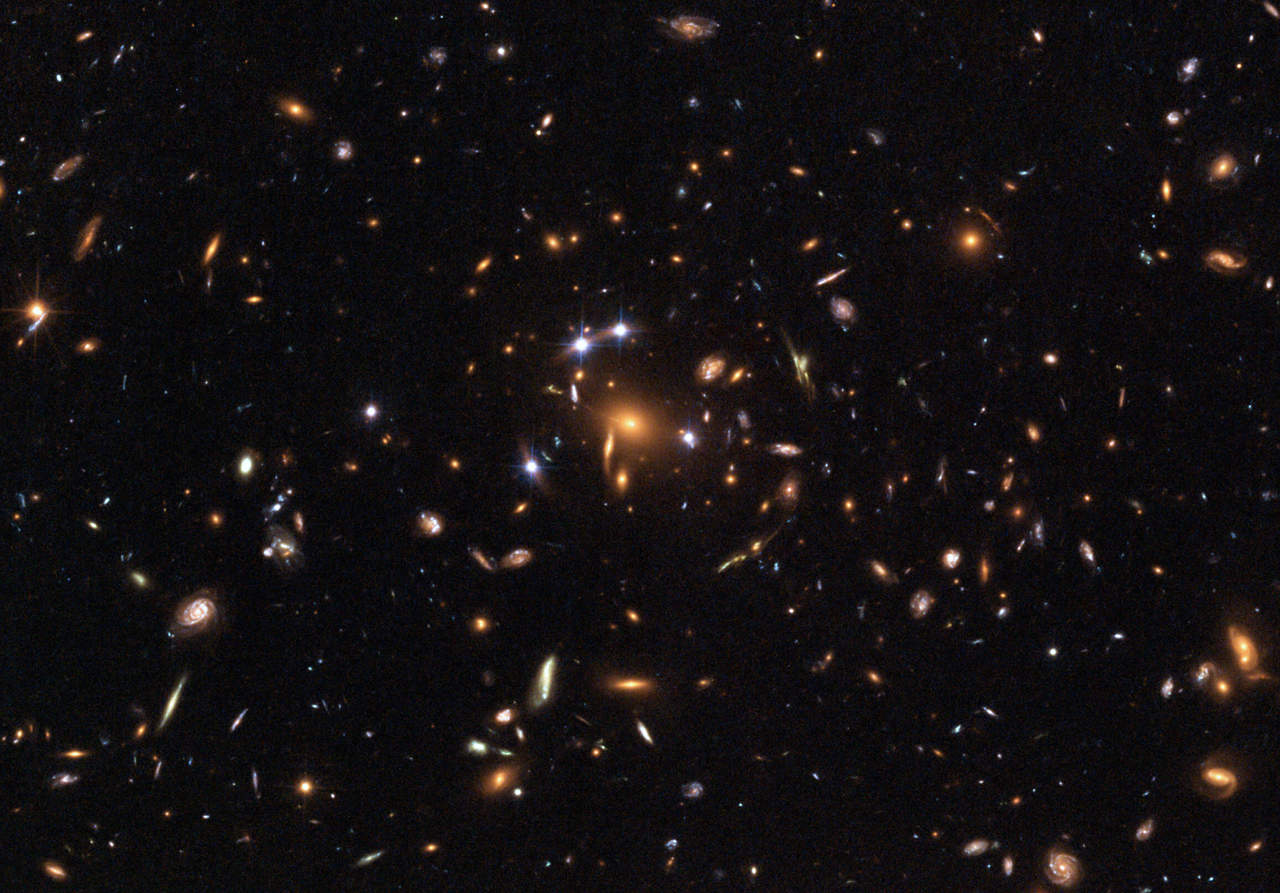What is life, really? Despite our scientific advancements, we still don’t really know.
Lee Cronin, the Regis Professor of Chemistry at the University of Glasgow, says there is a significant disconnect between the physics of the universe and the biological processes we observe. This discrepancy makes for a difficult challenge in understanding how inanimate matter evolves into breathing, thinking, life forms.
The solution? Cronin proposes assembly theory – where we use complexity at scale to piece together all the components that work together to create adaptable life. Assembly theory suggests that life emerges through two key processes: copying and existence. These two simple words, Cronin explains, are the essential essences of life as we know it.
Thanks to Cronin, this theory has been put in use by NASA in its search for lifeforms on other planets. Together, we are growing closer to understanding the mystery of life – how it started, what it looks like, and how it might evolve
Lee Cronin: We don't know what life is - which is a crazy place to be right now. We still do not know what life is, even life on Earth. There's a gap in the current physics as defined, or current physics as we think about it, as this kind of timeless universe. The Universe kind of unfolds a bit like a clockwork music box, where you play the music and it would just happen, right? And you could go backwards and then go forwards. And that doesn't really explain adequately how life got started or the novelty and open-endedness of biology.
In contrast, biology is doing all sorts of crazy things. New species are being invented all the time, human beings are developing new technologies, new culture, or add-ons, new memes. We have this massive disconnect between the physics of the Universe, and what we understand is the physics of the Universe, and what's happening in evolution. The fact that evolution exists in the physical universe and is defined by the same reality or rules, means that maybe there is a space for understanding how we bridge the gap between physics and biology.
My name is Lee Cronin. I am the Regis Professor of Chemistry at the University of Glasgow, and I'm doing research, exploring all things in the Universe to do with chemistry, the origin of life, and the creation of life. There are kind of two weird universes: There's the physics universe, where we understand the standard model, gravity, time, and quantum mechanics, from the Big Bang to the formation of the stars. Then we've got the evolution of biology that occurred on Earth, starting about 4 billion years ago. Since then, there's been innovation, going right up to the technology produced by humans.
I noticed an interesting problem that the physics of the Universe does not really predict the emergence of biology and doesn't really explain why biology started to evolve. Although we have the Theory of Evolution that was put forward by Darwin, and actually, Darwin did a fantastic job at understanding slow variation that occurs, there was no kind of moment to bridge the gap from physics to biology in one leap. What 'Assembly Theory' does, it actually allows us to explain how inanimate matter becomes evolutionary, and literally how we can turn sand into cells by the process selection.
What does life actually do? Put very succinctly, life creates complicated things at scale. I can give you a simple example: take an outlandish one, like an iPhone. If you went to Mars and you found a single iPhone, you might be kind of curious, maybe it was a random event. But if you find two iPhones, three, ten, a hundred, and they all work, you can start to be increasingly sure that those iPhones were produced by a technological process connected to a living system. That is really in a nutshell what assembling encapsulates - this ability to generate complexity at scale, over a lot of different things.
As a chemist, I think about molecules all the time. A molecule is a series of atoms connected by things called bonds. When I was developing the idea of 'Assembly Index' and applying it to molecules, I imagined that I could take a molecule, just cut off different atoms, and keep cutting and cutting until there's nothing left but atoms. Say I've got a molecule made up out of carbon, nitrogen, and oxygen. I would just cut all those off, and at the bottom of my tree, I would be left with a base, where I had carbon atoms, nitrogen atoms, and oxygen atoms. To recover the molecule, I'd put them together in the right sequence to form the molecule. The Assembly Index is just, take a molecule and chop it up: What is the minimum number of chops I need to make to turn that molecule back into its building blocks? The Assembly Index is literally a measure of the minimum amount of information required to make that molecule.
One of the motivations for developing Assembly Theory at the beginning was to help NASA try and see if we could find life elsewhere in the solar system. What NASA wanted to do was understand Assembly Theory and the Assembly Index as a universal marker for biology. I wanted to challenge the current approach taken by NASA, which is very Earth-centrist. They were looking for molecules we would find on Earth in biology, and I think that's fundamentally wrong. The molecules on Earth aren't necessarily universal living signatures - but complexity is. When I started to convince NASA of this, they began to get involved and said, "Okay, we're going to give you samples from meteorites, from different places in the Universe, so we could use this to really map not just Earth, but also parts of outer space." Right now, the only place where we know there is life in the Universe is on Earth. We want to benchmark life on Earth using this technique, and then go further out, and see if we can find life on Mars and in the outer solar system.
Can I explain how matter became life? Yeah, rocks to dinosaurs is one, yep. Assembly Theory challenges the notion that life is vastly impossible, because Assembly Theory explains how rocks, step-by-step, by grinding together, undergo selection, and produce complexity, step-by-step-by-step. This is something that we are able to quantify very carefully. The environment on planet Earth at the origin of life created the chemistry and the environment; the cooking started. There is only one thing that is the key to the origin of life, and life in the Universe, and that is one word: existence. For an object to exist, it has to survive for a longer time than its natural life. This process of copying an existence to defy the law of being erased is how life starts to emerge. It is the battle to emerge from the maelstrom of randomness and persist, and it's so simple. It's like the simplest observation ever: copying and existence. That's all life is. Life is extremely fragile chemistry that has found a way to copy itself to continue to exist. We, as living things, are the oldest artifacts on Earth, even older than some of the rocks, because we are able to copy ourselves and keep going, which is so interesting. So it's just existence and copying, those two things give you biology.






